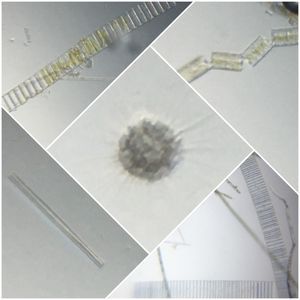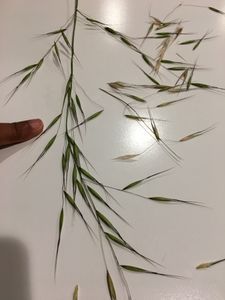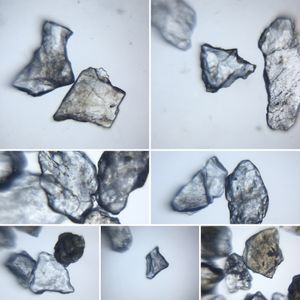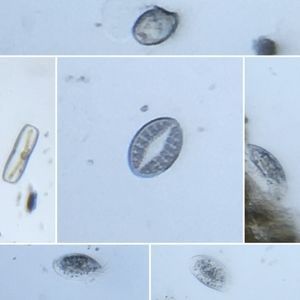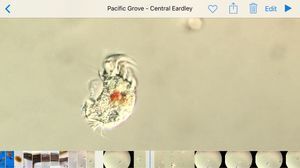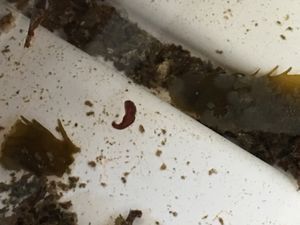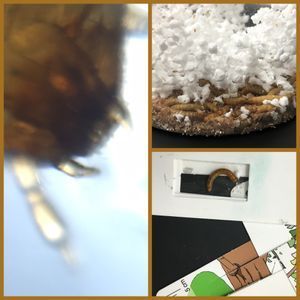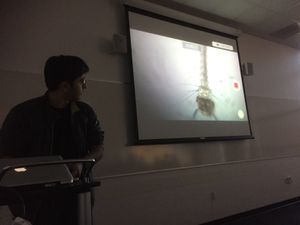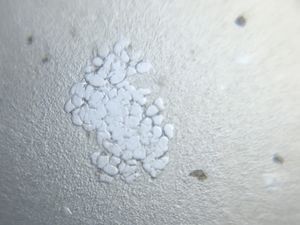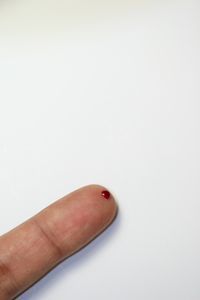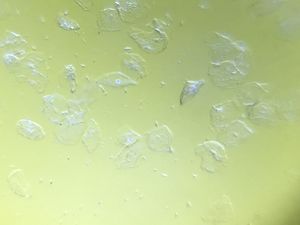Foldscope community workshop (@Jasper ridge) Team #3
 Aug 29, 2015 • 2:47 PM UTC
Aug 29, 2015 • 2:47 PM UTC Unknown Location
Unknown Location 140x Magnification
140x Magnification Microorganisms
Microorganisms
Saad Bhamla
Learn about the author...
32posts
11comments
2locations
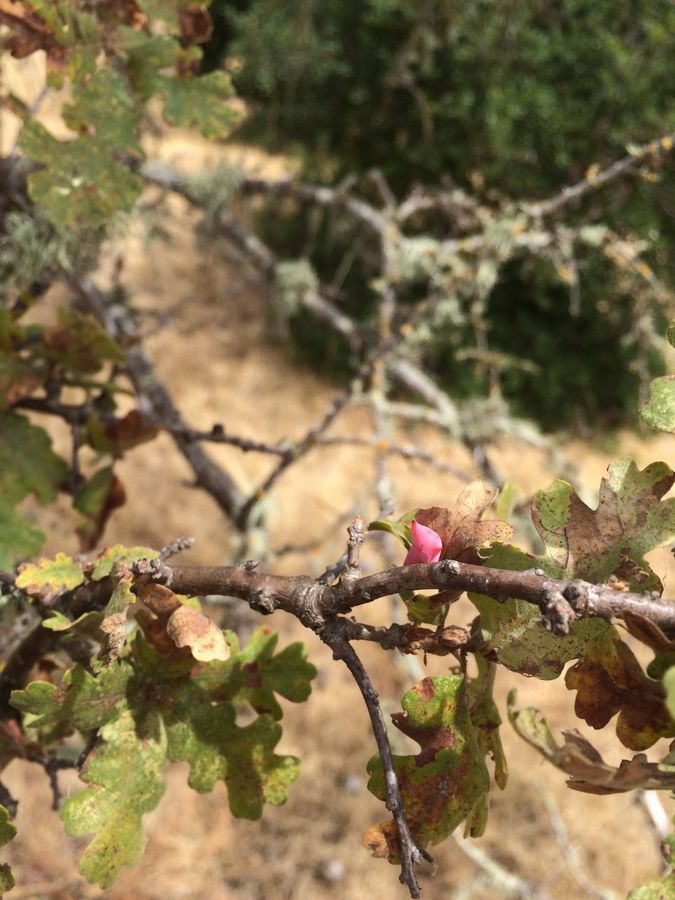
We went to Searsville lake in Jasper Ridge.
Along the way, we spotted these plant galls.
Along the way, we spotted these plant galls.

It turns out that these galls are outgrowths and in some cases caused due to insects that lay their larvae on the plants. So, we found a young gall, with the hopes of dissecting it and finding a larvae inside (fingers crossed!).
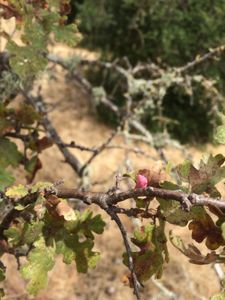
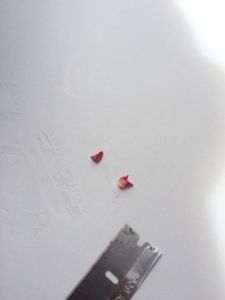
We made a video (below) – but unfortunately we didn’t find any larvaes inside. An interesting observation was the strangely shaped pink (young) gall, with 4 corners – perhaps the corners are to house 4 different larvae ?
We then found a dead organism (perhaps a frog) which had tons of fruit larvae crawling all over it. So we picked a few up and put them in our paper slides.


We saw some beautiful patterns (extremely clear) on the larvae. It turns out (thanks to @manu’s feedback later) that only recently it was discovered that the fly larvae have photoreceptors covering the entire surface. This was published in Nature in 2010 . So in a way, the larvae have basic ‘eyes’ all over their bodies.
This to me is pretty cool, because one of the first observations we made while trying to image the fly larvae were that they tried to ‘run’ away (because of the light). And this made it super challenging to image them.
This to me is pretty cool, because one of the first observations we made while trying to image the fly larvae were that they tried to ‘run’ away (because of the light). And this made it super challenging to image them.

This was the team – It was really fun working with the high school teachers and the Jasper ridge guide!

Sign in to commentNobody has commented yet... Share your thoughts with the author and start the discussion!

 0 Applause
0 Applause 0 Comments
0 Comments
